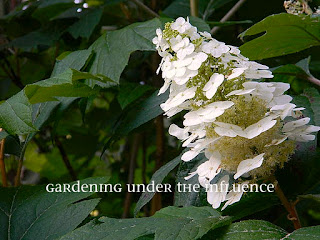Summer has defiantly left us and fall is close on its heels. The frost covered lawns in the morning, is a good indicator that winter will be here in no time. Gone are most of the leaves and most defiantly, gone are the butterflies. Looking back on this summer, I am pretty sure that I did not see a single Monarch butterfly. I saw quite a few swallowtails and skippers and loads of fritillaries, which loved my Sedum Autumn Joy, but no Monarchs. What is the reason behind this? Global warming? Global cooling? Pesticides? Pollution? A high-rise in the middle of their migratory path? May be all of the above. I miss seeing that distinctive orange and black beauty; it’s not called Monarch for nothing.
Growing up, the arrival of the Monarchs was always exciting. My sister use to swear that the same Monarch came to visit her every year and the fact that the butterfly only lives about six weeks did not sway her from her belief. Monarch butterflies seemed to be in abundance when I was a kid, and come to think of it, so was milkweed. The milkweed grew along our roadsides, developing those funny looking seed pods which would turn brown, break open, and release those downy fluffs with a seed attached. We use to use the fluffs for Santa’s beard on Christmas cards.
So, in short, Monarchs lay their eggs in the milkweed and the caterpillars only eat the milkweed. Decline of milkweed leads to decline in Monarch butterflies. I may have to go on a hunt for milkweed and let it grow wild in my ditches, in the hopes of attracting the monarchs back to my yard. And to my sister, if you are reading this, because if you’re not…shame on you, if I see your Monarch, I’ll be sure to tell him you said “Hello”.










